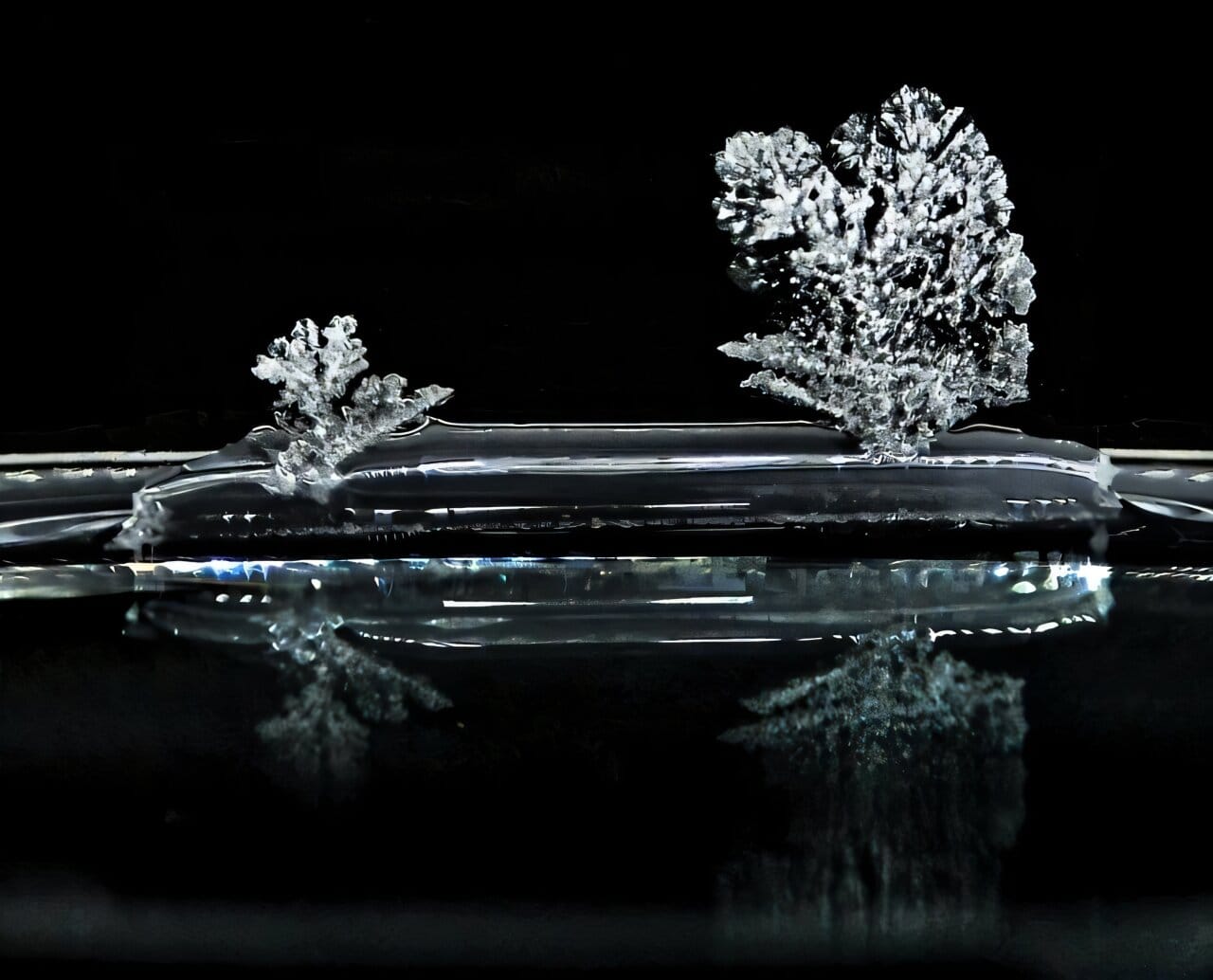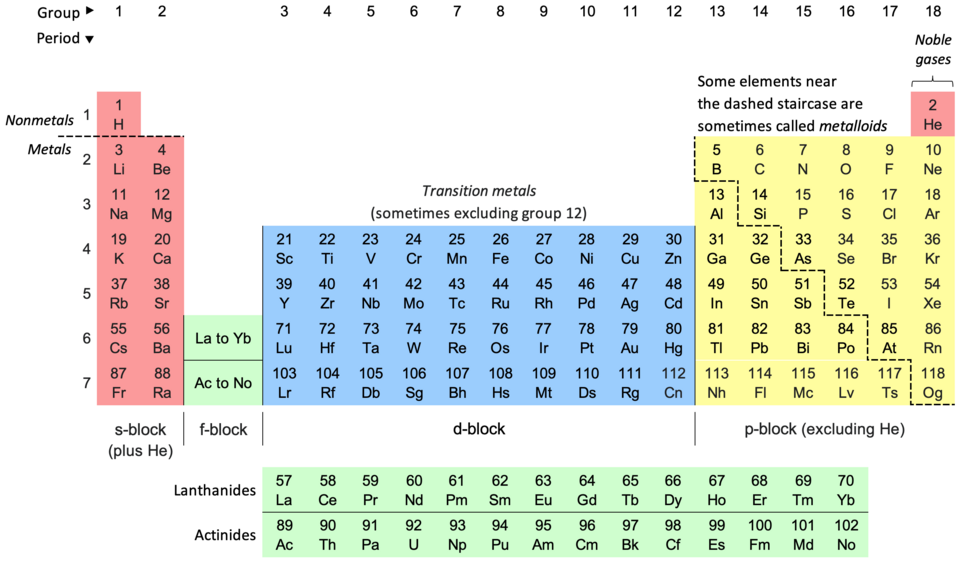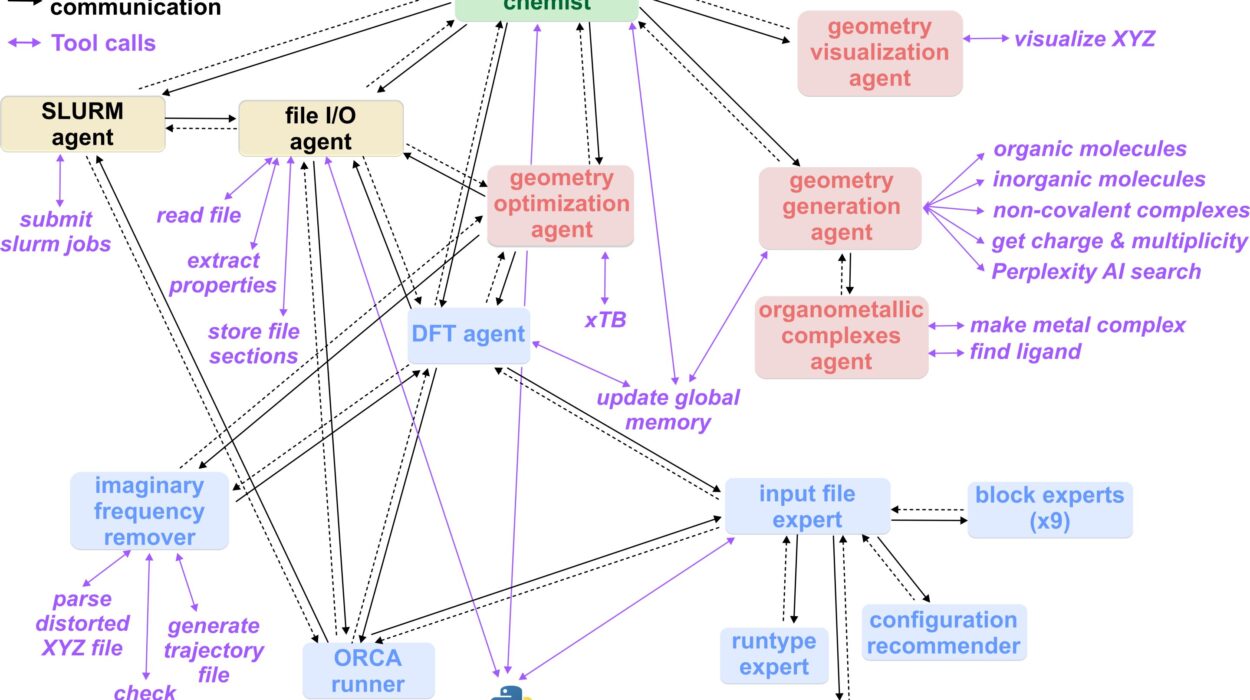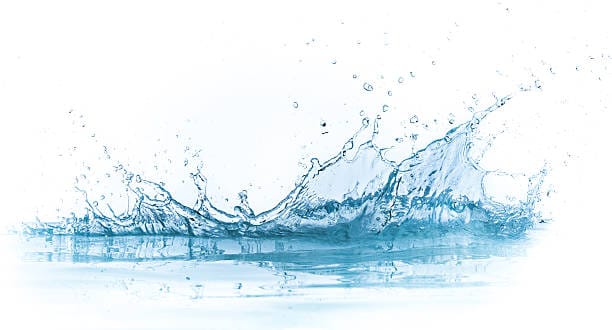It’s one of those things you’ve probably seen without thinking much about it: a white, crusty buildup tracing its way up walls, pipes, concrete steps, or even ancient murals. This slow, steady invasion of salt, known as salt creeping, may look innocuous—but in reality, it’s a remarkably powerful process that can break down buildings, ruin desalination systems, or quietly destroy priceless works of art.
Now, a groundbreaking study from researchers at MIT and collaborating institutions has offered the most detailed view yet of how this strange, destructive phenomenon begins. Published June 30 in the journal Langmuir, the new research captures, for the first time, salt creeping at the level of a single crystal—beneath the fluid’s surface and under the dynamic curve of the meniscus where liquid meets air and solid.
Their discovery reveals more than just the “how” of salt creep. It uncovers the exact moment when salt decides to stop sitting still—and start migrating. That moment, it turns out, may be the key to rethinking everything from water purification to historic preservation.
Crystallization at the Edge of the Invisible
“The work not only explains how salt creeping begins, but why it begins and when it does,” says Joseph Phelim Mooney, lead author of the study and a postdoctoral researcher at MIT’s Device Research Laboratory. “We hope this level of insight helps others, whether they’re tackling water scarcity, preserving ancient murals, or designing longer-lasting infrastructure.”
The team’s investigation focused on the elusive three-way boundary where air, liquid, and solid surfaces converge. Scientists have long suspected that this zone, called the meniscus, plays a critical role in how salt crystals grow and spread—but until now, the actual physical mechanisms remained hidden.
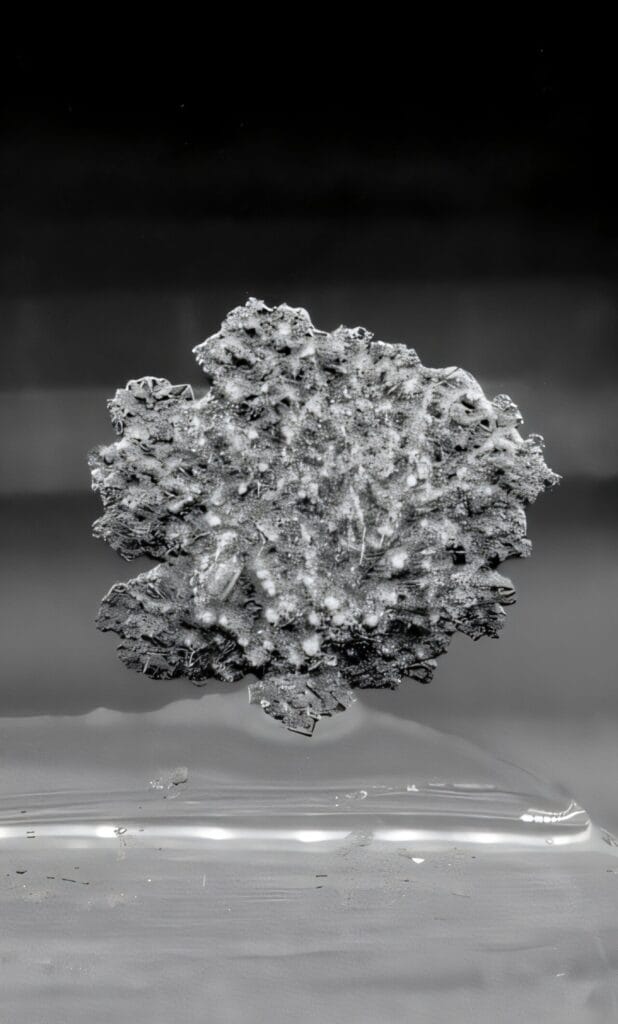
Using in situ X-ray microscopy, the researchers were able to zoom in with unprecedented precision, watching the birth of a single salt crystal as it pinned itself to a surface. What happened next stunned them: the crystal pierced through the liquid-air interface, disrupted the meniscus, and set up a perfect chain reaction for further crystal growth. The process was self-propagating, recursive, and visually captured for the first time.
“It felt like watching the microscopic moment where everything tips,” Mooney recalls. “The ignition point of a self-propagating process. It was like salt had found the first crack in the dam—and decided to pry it wide open.”
From Concrete to Canvases: The Hidden Consequences
Salt creeping may sound like a minor curiosity, but its impact is anything but small. In civil engineering, it’s a leading cause of structural degradation. As salt crystals grow along surfaces like concrete, stone, or brick, they exert immense pressure—enough to cause cracking, flaking, or even total failure of the material over time.
“By pinpointing the moment when salt begins to creep, engineers can better design protective coatings or drainage systems to prevent this form of degradation,” Mooney explains.
And the damage isn’t confined to infrastructure. In the fragile world of art conservation, salt poses a silent and deadly threat. It often forms beneath the surface of painted murals, frescoes, and archaeological artifacts—causing internal stress that only becomes visible after irreversible damage has occurred.
With this new understanding, conservators may be able to predict and prevent salt damage with far more precision. Knowing the exact physical conditions that trigger creeping behavior means treatments can be timed to intervene before salt makes its destructive move.
“This opens the door to smarter, earlier interventions,” says Mooney. “When you can see the problem before it becomes visible, you can stop it in its tracks.”
A Roadblock Turned Research Breakthrough
The project began not with a mural or a crumbling stone wall, but in a high-tech lab focused on desalination—the process of removing salt from water. Mooney was working on improving systems to make clean water more accessible and sustainable when he ran into a recurring frustration: salt buildup.
“[Salt] was everywhere, coating surfaces, clogging flow paths, and undermining the efficiency of our designs,” he recalls. “I realized we didn’t fully understand how or why salt starts creeping across surfaces in the first place.”
That moment of frustration turned into a quest for answers. Mooney and his colleagues began probing deeper into the physics of crystallization. They suspected the answers lay not in large-scale systems, but in the tiniest details at the molecular interface—where salt crystals first made contact with solid surfaces under a film of water.
To observe these delicate dynamics, the team turned to X-ray imaging techniques normally reserved for advanced materials research. Their efforts paid off spectacularly. Not only did they witness salt creeping under the meniscus, they discovered a surprising feedback mechanism: the growing crystal actually reshaped the liquid interface, making it easier for the next crystal to form.
“It’s not just passive growth,” says Mooney. “It’s active reshaping—almost like the crystal is paving the way for its successors.”
Crystallization, Controlled: From Problems to Potential
The implications of this research go far beyond diagnosing problems. By understanding salt’s behavior at the crystal scale, scientists and engineers may be able to harness creeping in entirely new ways.
In mineral extraction, for instance, salt creeping is both an obstacle and an opportunity. Understanding how crystals grow and spread allows operators to fine-tune conditions for optimized salt recovery—minimizing waste and maximizing efficiency.
In water treatment systems, especially zero-liquid discharge facilities, controlling crystallization is key to sustainable operations. This research may enable engineers to design surfaces and flow systems that reduce fouling, boost salt removal, and cut costs.
Even in emerging climate technologies—such as those that rely on evaporative cooling or controlled crystallization to capture carbon or purify air—the ability to predict and guide crystal formation could unlock entirely new applications.
“This is one of those rare cases where fundamental science instantly suggests practical paths forward,” Mooney says. “The more we understand about when and why crystals form, the more we can control the process.”
A Collaborative Leap Forward
The research represents years of effort and collaboration across institutions. Along with Mooney, contributors to the study include Omer Refet Caylan, Bachir El Fil (now at Georgia Tech), Lenan Zhang (now at Cornell), Jeff Punch and Vanessa Egan from the University of Limerick, and Jintong Gao of Cornell.
Their shared effort pushed past long-standing limitations, capturing high-speed, high-resolution images of a phenomenon previously understood only in theory. “People had speculated about this,” says Mooney. “But seeing it play out in real time completely changed how we thought about salt crystallization.”
That blend of theory and observation could prove pivotal in designing materials that resist or exploit creeping, from next-gen anti-fouling coatings to self-assembling nanostructures.
Salt’s Secret Revealed—and What Comes Next
Salt creeping is no longer just a mysterious nuisance or a frustrating engineering challenge. Thanks to this new research, it’s now something we can observe, understand, and potentially command.
By catching salt in the act—at the microscopic moment it makes the decision to move—scientists have opened a new frontier in material science, conservation, and sustainable design.
The question now is not whether salt will creep—but whether we’ll let it.
Will we allow it to undermine buildings and paintings, or will we intervene before it starts? Can we convert creeping into crystallization on demand, tuned to support desalination, mineral recovery, or next-gen manufacturing?
With a clearer window into the world beneath the meniscus, the possibilities are suddenly far more visible—and far more within reach.
More information: Joseph P. Mooney et al, In Situ X-ray Microscopy Unraveling the Onset of Salt Creeping at a Single-Crystal Level, Langmuir (2025). DOI: 10.1021/acs.langmuir.5c01460
